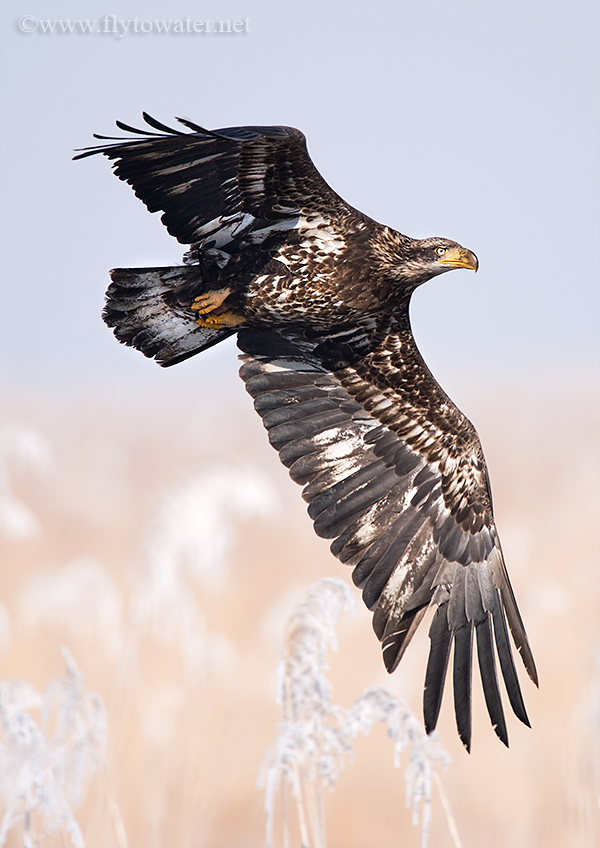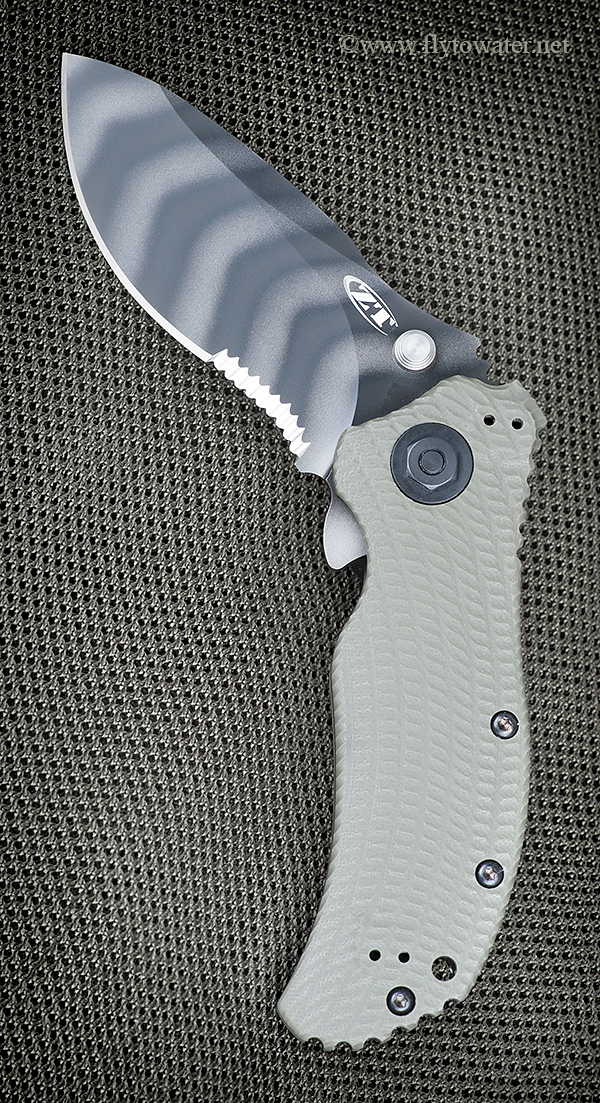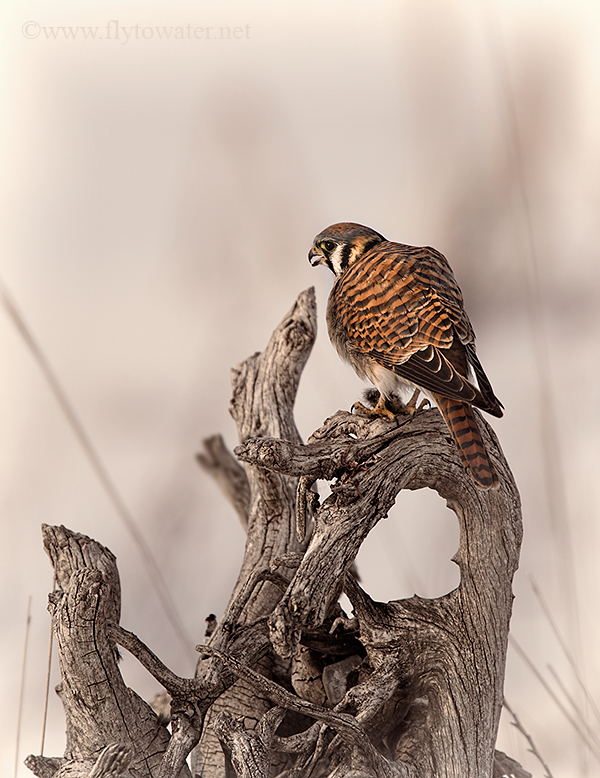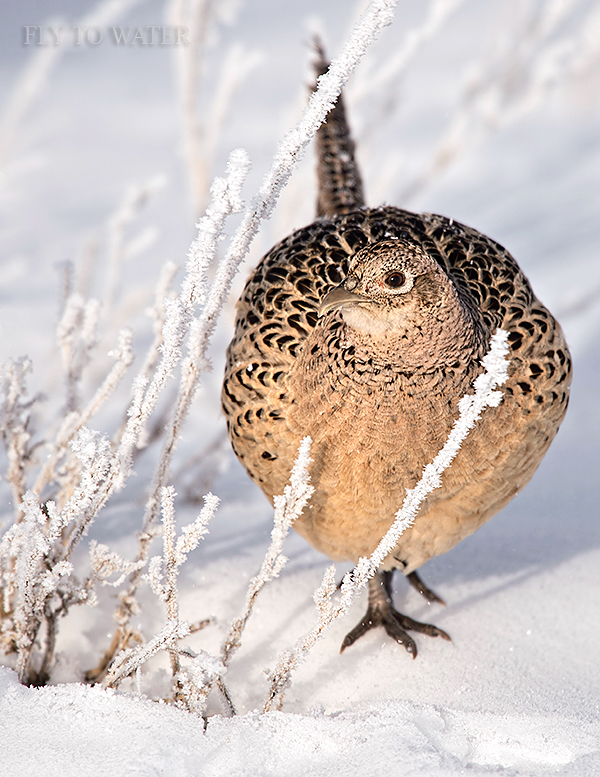Take this weekend, for example: I stood within 40 yards of a whole convocation of bald eagles for an interval so extensive that whole life cycles of insects were taking place around me. Eggs were laid. Larvae hatched. Eventually these were able to successfully pupate and emerge as sexually mature adults. Temperatures were well below freezing. During this veritable epoch, a vast expanse of fog settled upon the wetlands obliterating all hope of anything resembling a successful photograph.
The day ended. Total clicks of the shutter: Zero. This is the part of wildlife photography that isn't always apparent - the time that is allocated to pitiable failure and adult language.
Dawn the following day brought identical conditions. After a few hours, however, a rapid change took place and suddenly the air was clear. Light rained down. Eagles flew. Birder's Remorse faded. Shutters clicked.
Image Details
Nikon D4
Nikon TC17EII
Nikon 400mm f/2.8 VR @ f/4.8, 1/1600, ISO 100













